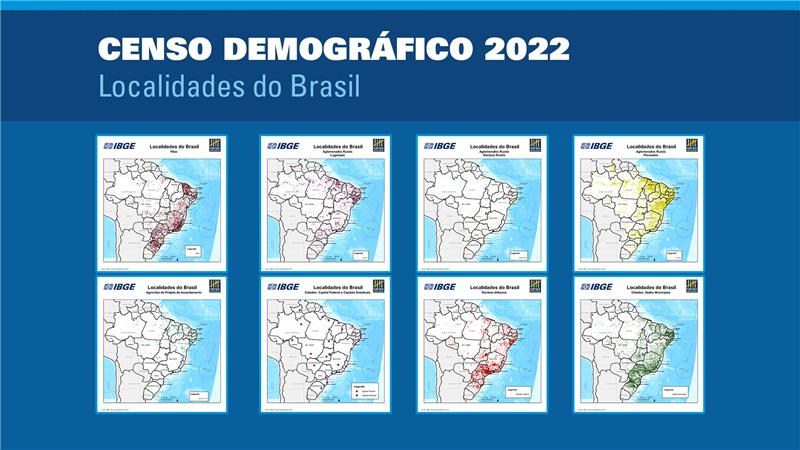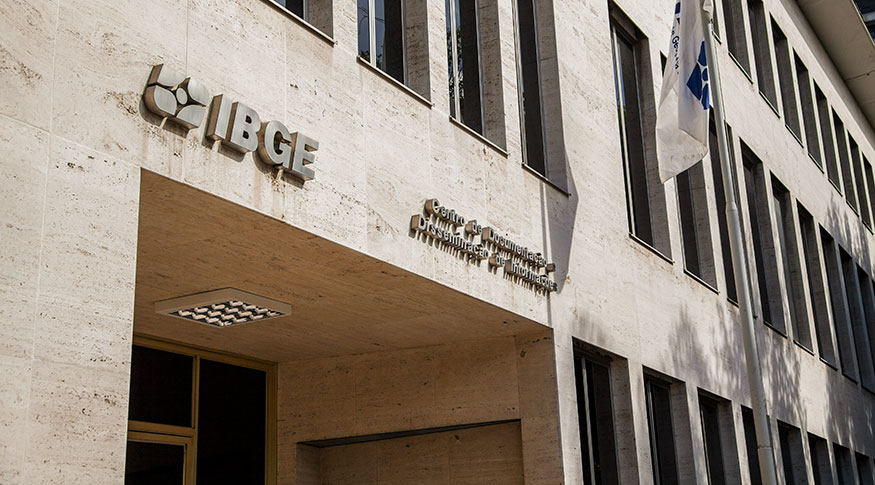Monthy Continuous PNAD
Unemployment hits 14.4% in quarter ending in August
October 30, 2020 09h00 AM | Last Updated: October 30, 2020 04h06 PM

The unemployment rate hit 14.4% in the quarter ended in August, an increase of 1.6 percentage points over the quarter ended in May (12.9%). It is the highest rate ever registered in the time series of the Continuous National Household Sample Survey - Continuous PNAD, started in 2012. The number of unemployed people hit 13.8 million, an increase of 8.5% over the previous quarter. They are more nearly 1.1 million people looking for a job in relation to the quarter ended in May. The data were released today (30) by the IBGE.
According to Adriana Beringuy, an analyst of the survey, the increase in the unemployment rate reflects the relaxation of the social isolation measures to control the Covid-19 pandemic. "The increase in the rate is related to the increasing number of people looking for a job. Isolation was larger by mid-year, with bigger restrictions in the trade, causing many people to stop looking for a job. A bigger movement in the labor market is now perceived in relation to the moving quarter ended in May," explains her.
On the other hand, the number of employed persons in Brazil fell 5% compared with the quarter ended in May, adding up to 81.7 million. The retraction of 4.3 million people led to the smallest contingent ever registered in the time series of the survey. The drop is of 12.8% when compared with the same quarter last year, which represents less 12 million people in the labor market.
Beringuy states that jobs were lost and inactivity increased in the previous quarter, i.e., people lost their jobs, but they were not pressing the labor market due to the restrictive measures of social isolation. "The scenario today is of a dropping employment in parallel with an increasing unemployment. People continue to be dismissed, but this loss in the employment is being followed by a bigger pressure on the labor market," states the researcher.
As a result, the employment-population ratio was 46.8%, also the lowest one in the time series, a drop of 2.7 percentage points over the previous quarter (49.5%), when the index stood below 50% for the first time in the survey. In the same period, the number of employed persons with a formal contract fell 6.5%, reaching 29.1 million people, the smallest contingent in the time series. It is a retraction of two million people with a formal work.
The researcher highlights that the loss of job positions has occurred in all the ways of insertion in the labor market, though informal workers were more impacted in the first months of social isolation measures. "The loss of job positions among informal workers is being smaller compared with the quarter ended in May. Among the workers with a formal contract, the intensity of this loss did not decrease. Informal workers are naturally volatile: they were the first to be impacted and they were the first to resume their activities, though with a huge loss of job positions," explains her.
The informality rate in the quarter ended in August was 38%, the equivalent to 31 million self-employed workers or workers without a formal contract. This percentage was 37.6% in the previous quarter.
Employment increased in Agriculture only
Only one out of the ten activity groups increased its employed population in the quarter ended in August. The number of employed persons in Agriculture, livestock, forestry, fishing and aquaculture increased 2.9% in the quarter, which represents more 228 thousand people working in the sector.
In the same period, the population employed in Industry dropped 3.9%, losing 427 thousand workers, whereas Trade, repair of motor vehicles and motorcycles retracted 4.7% or less 754 thousand persons. In Construction, the scenario remained stable.
Workforce hits 95.5 million
The contingent of the workforce, which includes employed and unemployed persons, fell 3.2% in relation to the previous quarter, hitting 95.5 million people. This figure represents a retraction of 3.2 million persons. In the same period, the population out of the workforce increased by 4.2 million people and it is now estimated at 79.1 million.
The potential workforce – which includes persons who were neither employed nor unemployed, but had the potential to become a workforce – rose 14.2%, adding up to 13.6 million people.
"The potential workforce has been continuously increasing, because many people who lost their jobs along these months became inactive and did not press the labor market. They alleged that they were not finding a job, due either to the lack in their localities or to the effects of the pandemic in the search," explains Beringuy.
A sub-group of the potential workforce, the number of discouraged persons – those who did not look for a job, but would like to work and were available – increased 8.1%, adding up to 5.9 million, the highest number ever recorded in the time series. They were more 440 thousand people in this situation. The increase was of 24.2% in relation to the same quarter last year. At that time, 4.7 million persons were discouraged in Brazil.

















